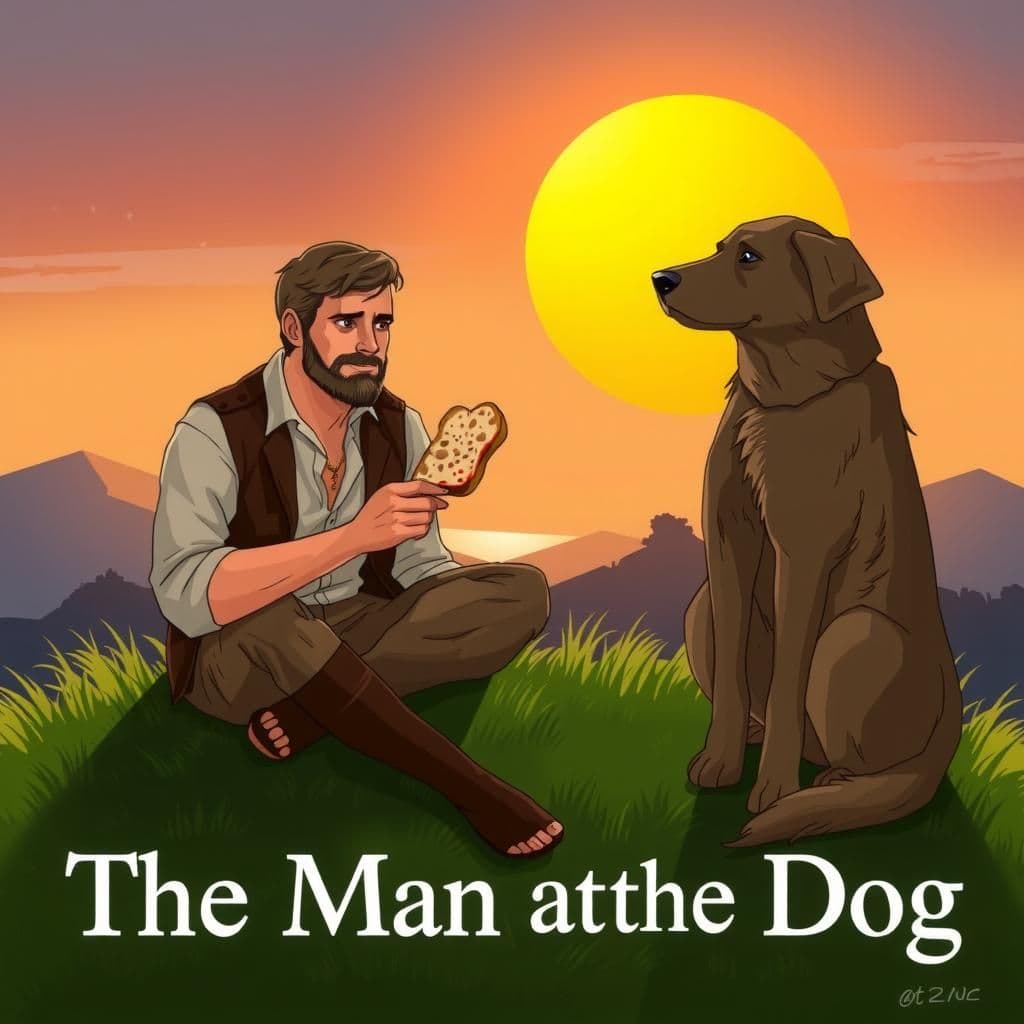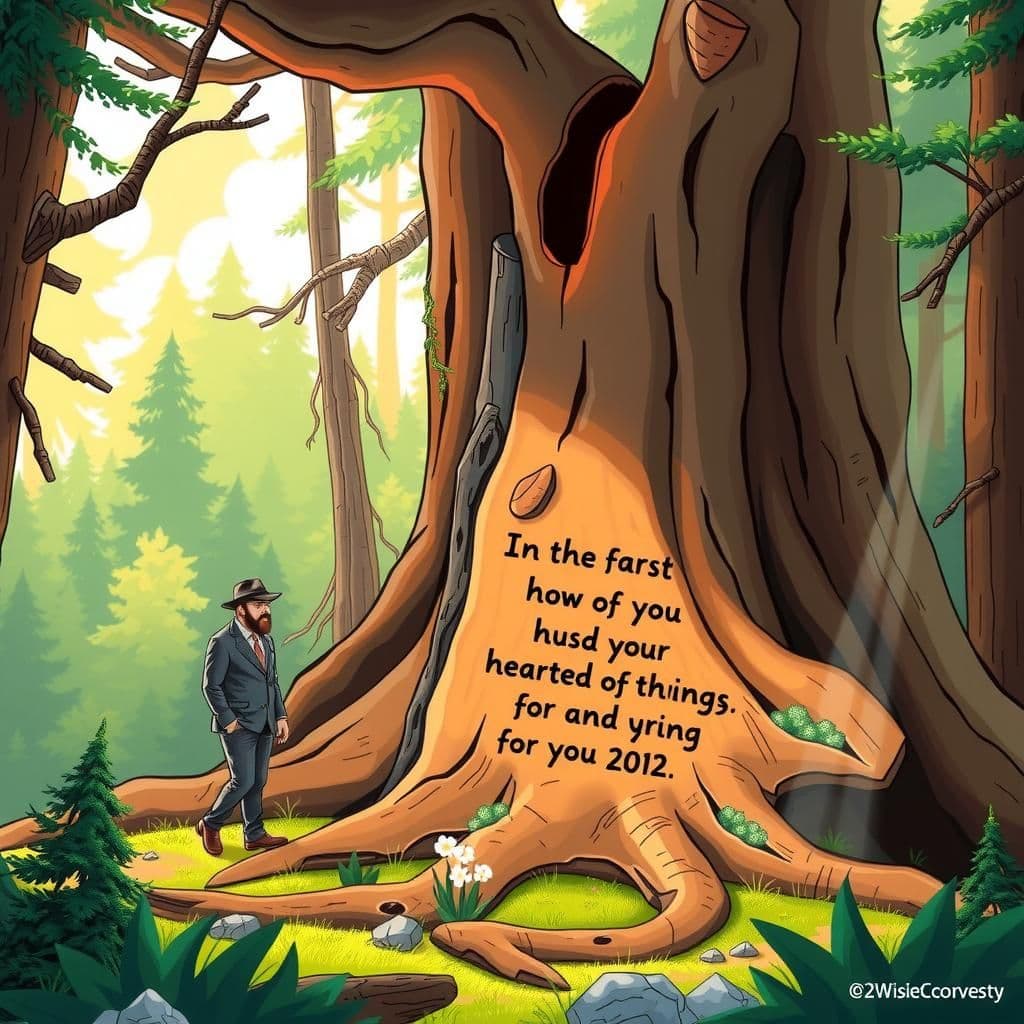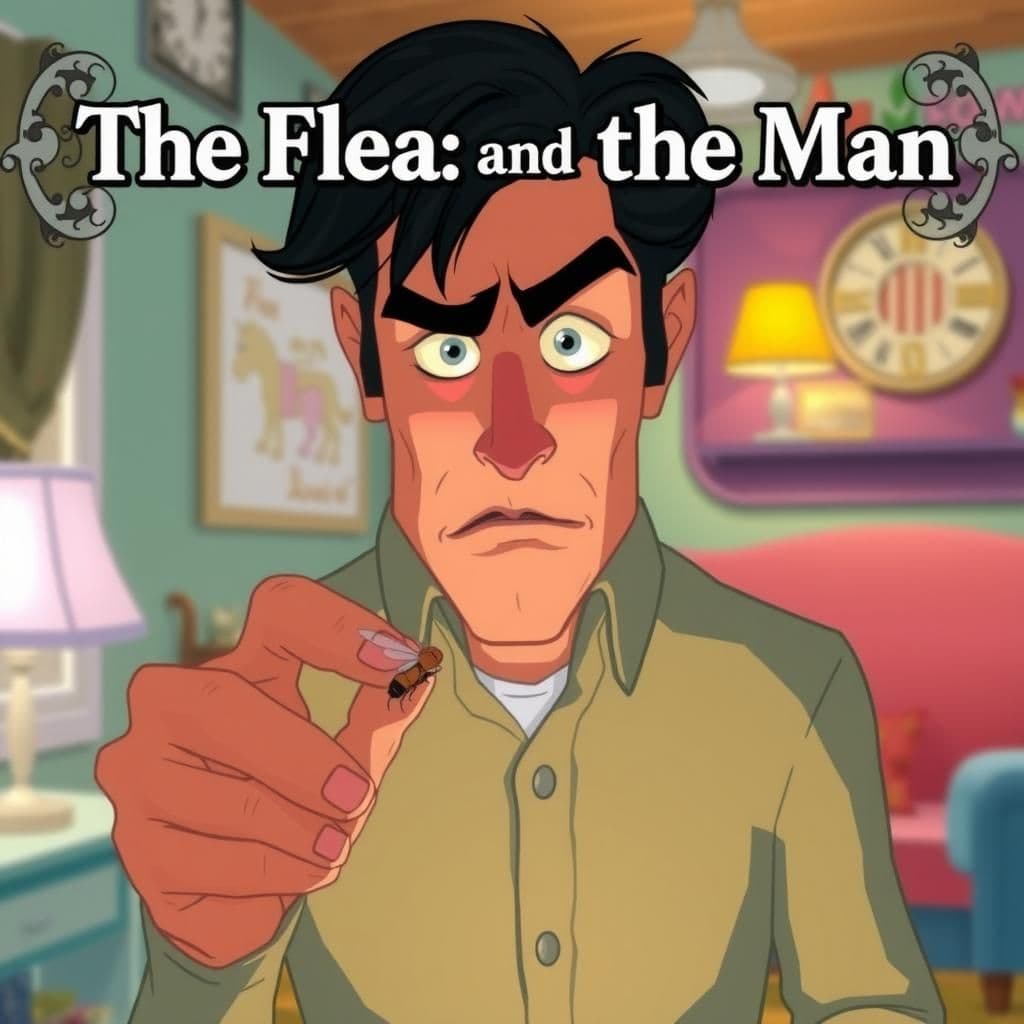The Man and the Dog

Story Summary
In this simple short story with moral undertones, a man learns that feeding the dog that bit him a piece of bread dipped in his blood could heal his wound. However, the dog refuses, insisting that accepting the gesture would suggest improper motives for his actions, as he claims to act in harmony with the Divine Scheme of Things. This fable highlights the lessons from moral stories about the nature of intentions and the complexities of relationships in the circle of life.
Click to reveal the moral of the story
The moral of the story is that true intentions and motivations can be misunderstood, and one should not act out of a desire to conform to societal expectations or perceptions.
Historical Context
This story reflects themes found in ancient fables and moral tales, particularly those attributed to Aesop, who often used animals to convey human-like wisdom and ethical dilemmas. It showcases the interplay between human perceptions and animal instincts, echoing cultural narratives that explore the nature of innocence, guilt, and the philosophical concept of natural order. The retelling here combines humor and irony, suggesting a deeper commentary on the nature of responsibility and the motivations behind actions, resonating with similar stories from various traditions that question moral reasoning.
Our Editors Opinion
This story highlights the absurdity of justifying harmful actions with lofty rationalizations, a lesson that resonates in modern life where individuals often excuse their misdeeds by claiming they are part of a larger purpose. For example, a corporate executive might justify unethical business practices by arguing that they are necessary for the company's growth, ignoring the harmful impact on employees and consumers, much like the dog that dismisses its motives as "natural."
You May Also Like

The Power of the Scalawag
In "The Power of the Scalawag," a Forestry Commissioner hastily abandons his axe after cutting down a magnificent giant tree upon encountering an honest man. Upon his return, he finds a poignant message on the stump, lamenting how quickly a scalawag can destroy nature's centuries of toil and wishing for a similar fate for the wrongdoer. This timeless moral story serves as a powerful reminder of the consequences of greed and carelessness, making it an engaging quick read for kids.

The Traveler and His Dog
In "The Traveler and His Dog," a traveler impatiently blames his dog for delaying their journey, believing the dog is not ready. However, the dog reveals that he has been waiting for the traveler, illustrating a key lesson learned from stories: those who procrastinate often misplace the blame on their more diligent companions. This captivating moral story serves as a reminder of the importance of taking responsibility for our own actions.

The Flea and the Man
In the well-known moral story "The Flea and the Man," a man, exasperated by a flea's incessant biting, captures it and confronts its plea for mercy. The flea argues that its harm is minimal, but the man, finding humor in the situation, decides to kill it, asserting that no wrongdoing, regardless of its size, should be tolerated. This short story with moral serves as a humorous reminder that even the smallest offenses deserve acknowledgment and action.
Other names for this story
Divine Dog Dilemma, The Healing Bread, Nature's Pact, A Bite of Wisdom, The Canine Conundrum, Harmony with Nature, The Man's Choice, Bread and Blood
Did You Know?
This story explores the theme of rationalization versus instinct, highlighting how both the man and the dog engage in complex justifications for their actions, ultimately questioning the nature of morality and the motivations behind behavior.
Subscribe to Daily Stories
Get a new moral story in your inbox every day.